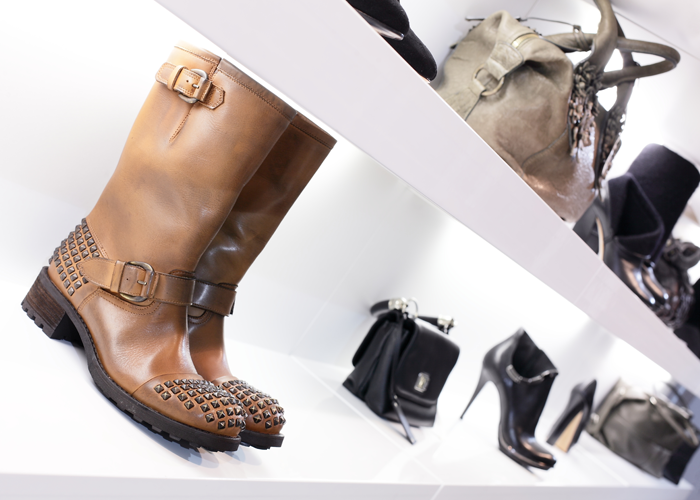
The importance of social media is not lost on retailers – many businesses are on the sites to promote their products and help consumers resolve their service issues.
Many retailers have a presence on social media, at a minimum in an attempt to get the word out about their brands. Some – a few – go the extra mile and parlay their presence into a real relationship with customers, answering questions and offering feedback.
One of the main reasons retailers use social media networks is to reach new customers, According to CustomerThink.com, social media use is pervasive: 75% of all Internet users are on some type of social network. Retailers need to communicate with shoppers through every available channel.
Research has found that once an in-store customer posts on social media about a brand or store, a store representative has only a very short period of time – say, two to three minutes – to send a response. Is that window closing on your responses? It likely is.
Still, according to a Boston Retail Partners report a whopping 69% of retailers see opportunities to use social media to enhance their customers’ experiences. However, many are likely to be short on time and resources to act on this action item.
Social media monitoring tools are available that can help organize this new chore. They can track online conversations that mention brands and retailer names, which can have very real consequences. However, the Boston Retail Partners study found that a large number of retailers using social media to interact with customers — 81% of respondents — indicate that their processes need improvement.
Participating in social media provides information to the retailer enabling them to understand who customers are, what they want, as well as when and where they want it. Responding to individual’s posts and offering appreciation for their patronage — such as coupons for “liking” a page — aim to improve the customer experience for all their guests.
But what about when posts are not glowing and may even be negative? Retailers can that take the opportunity to respond and get ahead of the situation. By posting a quick response, a retailer demonstrates not only that they are aware of the problem but are eager to fix it. That leaves customers feeling empowered, happy with the outcome, and secure with the knowledge they can return to the store and not face the same problem.
The implementation of social media monitoring tools, lets retailers easily understand their customers’ desires, and tailor their products and services accordingly, a crucial competitive advantage in the current global retail world.
How well do you know your customer?
Get this whitepaper to see how a 360° view of your customer can help you give her the retail experience she wants!








